Discover the Enchanting History of the Bigelow Hotel in Ogden, Utah
Nestled in the heart of Ogden, Utah, the Bigelow Hotel, formerly known as the Ben Lomond Hotel, stands as a beacon of history and mystery. Originally erected in 1891 and known as the Reed Hotel, this architectural gem was transformed in 1927 to adhere to safety standards and later rechristened in 1933 by its then-owner, S. Eccles. With its grand Italian Renaissance design inspired by the opulent styles of the 15th and 16th centuries, the hotel boasts an air of classic elegance that has stood the test of time.
Throughout its storied past, the hotel served various roles from a simple boarding house to a clandestine hub for alcohol smuggling during the Prohibition Era. The 1980s marked a significant transformation as it was redeveloped into a condo hotel with 120 luxurious suites. Today, as the Bigelow Hotel, it captivates visitors with its eleven-story structure, featuring crystal chandeliers, marble floors, and ornate ceilings, making it a premier venue for weddings and events.
The Haunting Legends of the Bigelow Hotel
The Bigelow isn’t just known for its opulent design and historic significance; it’s also shrouded in eerie tales of the paranormal. Among the most chilling stories is that of a mother and her son linked to room 1102. Legend has it that during her honeymoon, the woman tragically drowned in her bathtub under mysterious circumstances. Overwhelmed by grief, her son, who stayed in the same room to gather her belongings, reportedly took his own life out of despair.
Visitors and staff have reported inexplicable phenomena in room 1102: faucets that turn on by themselves, an unsettling sensation of invisible hands, and even sightings of ghostly figures accompanied by whispered voices. But the spectral activity isn’t confined to this room alone. The hotel’s elevators are known to travel autonomously between floors, as if operated by invisible guests from another era.
Whether drawn by its historical allure or the thrill of its ghost stories, the Bigelow Hotel remains one of Ogden’s most fascinating landmarks. Its walls not only tell tales of the past but also invite the curious to explore its mysteries firsthand, making it a must-visit destination for both history buffs and paranormal enthusiasts alike.

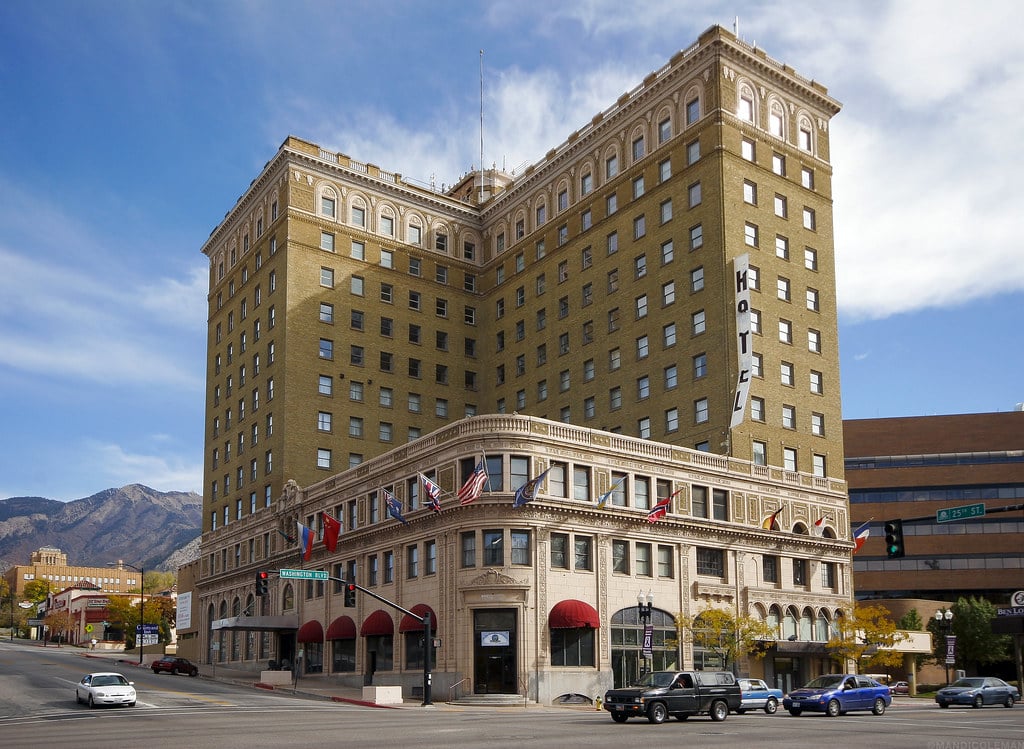

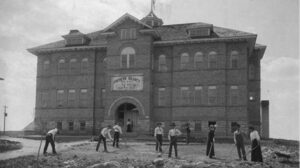
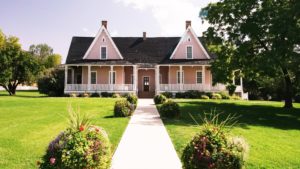
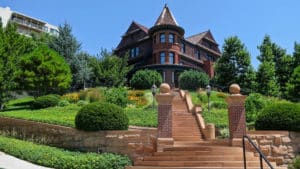
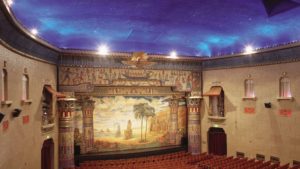
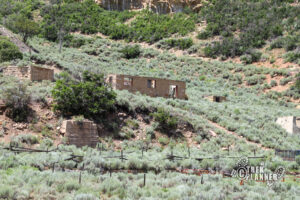
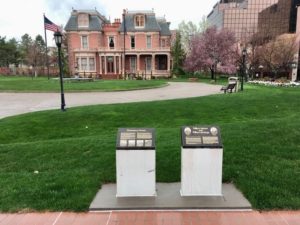

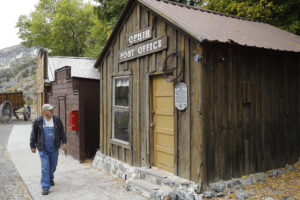
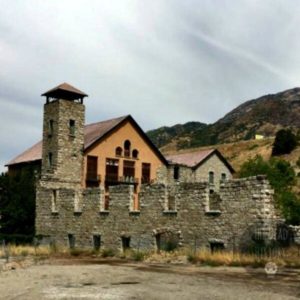
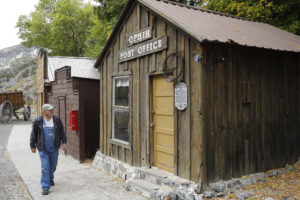
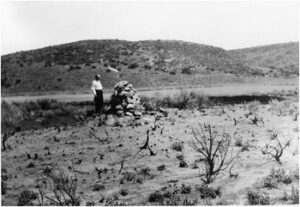

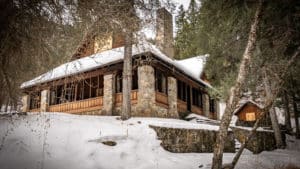
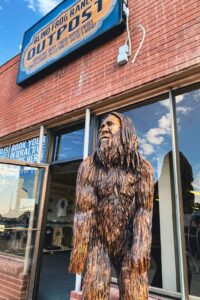

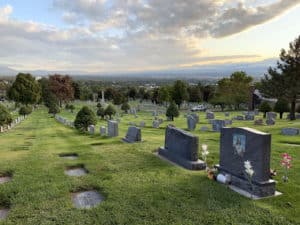

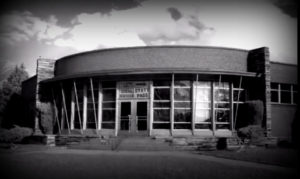
Leave a Reply